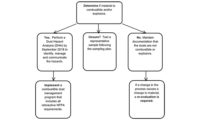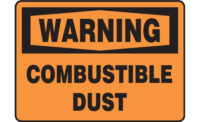This Monday session will describe and illustrate how NFPA 652 addresses combustible dust hazards, and how it works within the current structure of the existing NFPA combustible dust standards. How NFPA 652 relates to the current OSHA combustible dust enforcement activities will also be discussed.
NFPA 652: Standard on the Fundamentals of Combustible Dust became effective on Sept. 7, 2015. It outlines the general requirements for controlling combustible dust hazards and refers to NFPA’s five industry- or commodity-specific standards when applicable:
- NFPA 61: Standard for the Prevention of Fires and Dust Explosions in Agricultural and Food Processing Facilities
- NFPA 484: Standard for Combustible Metals
- NFPA 654: Standard for the Prevention of Fire and Dust Explosions from the Manufacturing, Processing, and Handling of Combustible Particulate Solids
- NFPA 655: Standard for the Prevention of Sulfur Fires and Explosions
- NFPA 664: Standard for the Prevention of Fires and Explosions in Wood Processing and Woodworking Facilities
The standard’s general requirements state that a facility owner or operator is accountable for the following when the potential for combustible dust is present:
- Detect the “combustibility and explosibility hazards of materials.”
- Identify and evaluate fire, flash fire and explosion hazards.
- Manage the hazards.
- Train affected individuals about the hazards.
These NFPA standards apply to all facilities and operations that manufacture, process, blend, convey, repackage, generate, or handle combustible dusts. It is the facility manager's responsibility to assess the risk and have the dust tested, even if there has never been an incident. That risk assessment must be documented, specifying cleaning methods and equipment.




